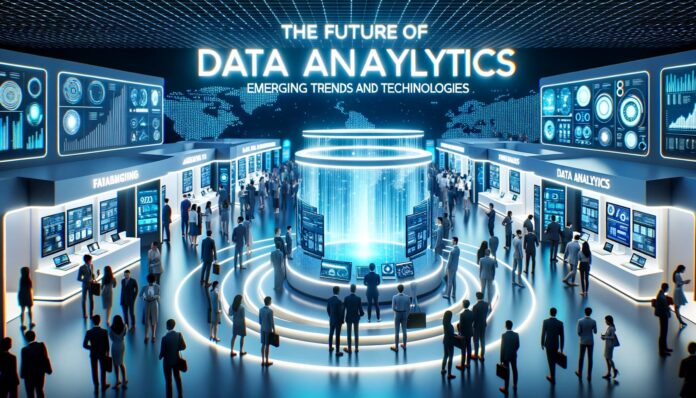Introduction
As the world races towards a more data-centric epoch, the realm of data analytics is continuously evolving, ushering in a plethora of trends and technologies. These advancements are set to significantly shape the future of data-driven insights and decision-making. This article aims to explore the emerging trends and technologies in data analytics that are poised to redefine how businesses and organizations interact with data.
1. Augmented Analytics
Augmented analytics leverages AI and machine learning to automate data preparation, insight discovery, and sharing. It’s slated to become a mainstream trend, empowering businesses with more robust data analytics capabilities.
# Example: Automated Machine Learning (AutoML) with TPOT in Python
from tpot import TPOTClassifier
from sklearn.datasets import load_digits
from sklearn.model_selection import train_test_split
# Load dataset and split into training and testing sets
digits = load_digits()
X_train, X_test, y_train, y_test = train_test_split(digits.data, digits.target, train_size=0.75, test_size=0.25)
# Create and train TPOTClassifier
tpot = TPOTClassifier(verbosity=2, generations=5, population_size=20)
tpot.fit(X_train, y_train)
# Evaluate the trained model
accuracy = tpot.score(X_test, y_test)
print(f'Accuracy: {accuracy}')2. Data Fabric
Data fabric technology enables seamless data management across various sources and platforms, ensuring data accessibility, quality, and performance.
3. Edge Analytics
With the advent of IoT, edge analytics, processing data near the source of data generation, is gaining traction, reducing latency and bandwidth use.
4. Graph Analytics
Graph analytics explores relationships between entities in a network, offering insights into complex interconnected data.
# Example: Graph Analytics with NetworkX in Python
import networkx as nx
# Create a graph
G = nx.Graph()
# Add nodes and edges
G.add_nodes_from([1, 2, 3, 4, 5])
G.add_edges_from([(1, 2), (2, 3), (3, 4), (4, 5), (5, 1)])
# Analyze the graph
centrality = nx.betweenness_centrality(G)
print(centrality)5. Quantum Computing
Quantum computing, with its potential to solve complex problems exponentially faster than classical computers, holds promise in revolutionizing data analytics.
6. X Analytics
X Analytics, encompassing various forms like video, audio, and text analytics, is set to provide richer insights by analyzing different data types.
7. Conclusion
The horizon of data analytics is expanding with these emerging trends and technologies, promising a future where data-driven insights become more accessible, comprehensive, and actionable. As these trends gain momentum, organizations must adapt to stay competitive in the evolving data landscape.
